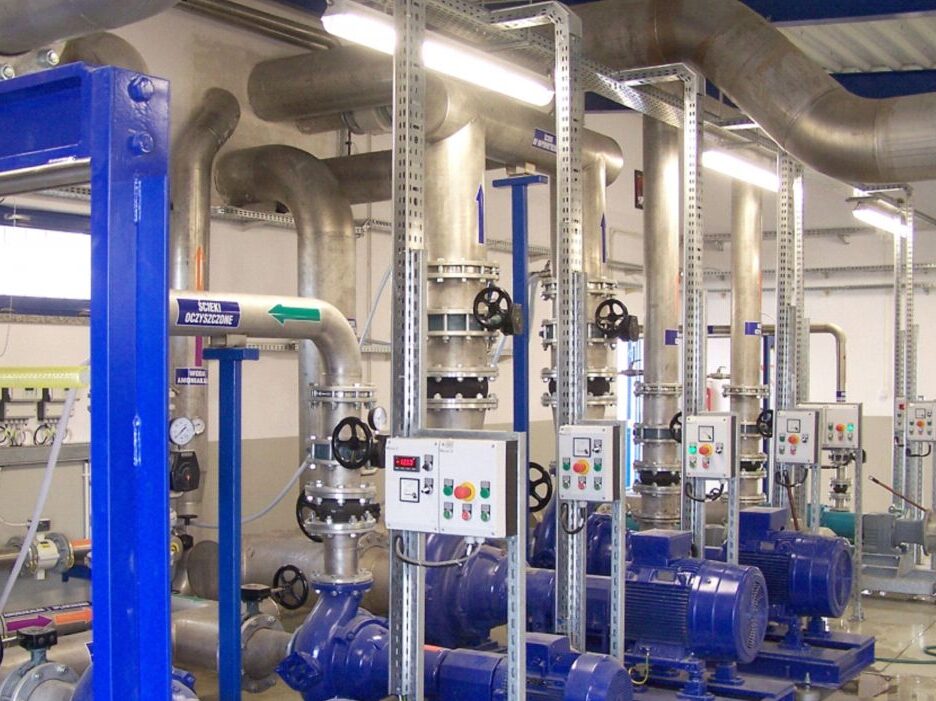Wastewater Treatment Plants
Home » Sustainability » Environment » Wastewater Treatment Plants
Modern wastewater treatment plants at the Cerekiew, Strzelin and Świdnica sugar factories provide savings on water drawn from rivers and ongoing treatment of wastewater without accumulation. Treated wastewater is used for hydraulic flume transport and beet washing in a closed circle system, so it is not necessary to draw water from external sources.
Wastewater treatment includes an aerobic stage based on active sediment.
There are two different periods in the operation of each wastewater treatment plant:
- first period: during sugar beet campaigns, when any surplus condensate is treated;
- second period: during thick juice campaigns, when industrial wastewater is treated on an ongoing basis and surplus flume water is accumulated in accumulation tanks where it is pre-treated.
In the first period, during sugar beet campaigns, wastewater conveyed to the treatment plant comprises ammonium hydroxide (condensates) and gas pump water. Some flume water, high on carbon-based substances, is also conveyed here to ensure that treated wastewater has an appropriate carbon-to-nitrogen ratio. This is essential to achieve the required reduction of biogenic substances. The remaining flume water is conveyed to accumulation ponds where it undergoes self-treatment.
Once it has been processed in an oxygen reactor, wastewater is conveyed (through a degasser) to a secondary settling tank where sediment is separated from wastewater. Sediment is conveyed to the denitrification section of the oxygen reactor, whereas treated wastewater is pumped into the river or re-used at the sugar factory. Any floating parts are removed with a skimmer to the drainage well outside the settling tank and pumped on to the oxygen reactor.
Excessive sediment formed during the wastewater treatment process is removed to sediment ponds.
In the second period, in summer, wastewater accumulated in accumulation ponds is conveyed to the wastewater treatment plant. This type of wastewater has a significantly lower level of pollutants, as expressed in BOD5 and COD, which is the result of self-treatment processes. Additionally, industrial wastewater from current production processes is conveyed to the treatment plant. Wastewater composition makes it possible to treat it in the oxygen reactor directly, without adding any compounds containing carbon or phosphorus. In colder weather, wastewater is heated to 25–30ºC using hot water in a plate heat exchanger. Further treatment follows the method used in the first period.

